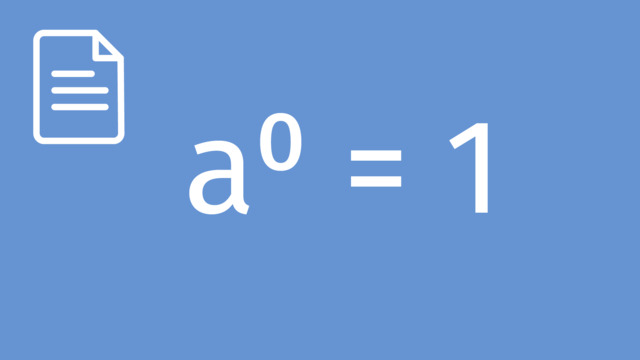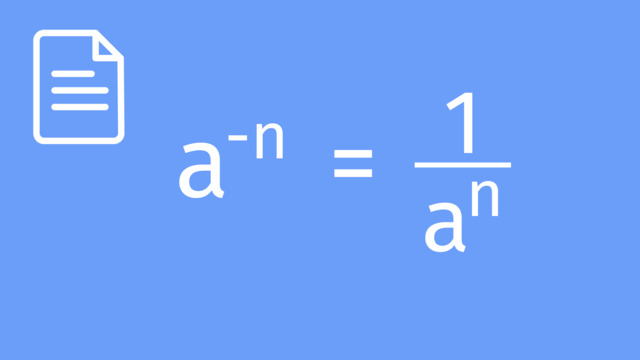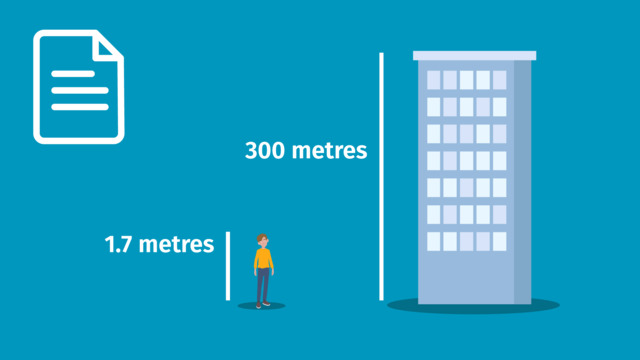Laws of Indices
- Laws of Indices
- Product and Quotient of Powers Laws – Explanation
- Multiplying Powers with the Same Base
- Dividing Powers with the Same Base
Learning text on the topic Laws of Indices
Laws of Indices
In mathematics, particularly in algebra, understanding how to manipulate exponents is crucial. Keep in mind that powers are also known as exponents or indices and represent the same mathematical concept.Two fundamental rules that we often use are the Product of Powers Law and the Quotient of Powers Law. These laws help simplify expressions and solve equations that are written with exponential notation.
Product of Powers Law states that when you multiply two powers with the same base, you add their exponents. Conversely, the Quotient of Powers Law states that when you divide two powers with the same base, you subtract the exponents of the divisor from the exponents of the dividend.
Product and Quotient of Powers Laws – Explanation
To get a better handle on these laws of exponents, it's really useful to know why multiplying and dividing them works the way it does. Let’s take a closer look at the ideas behind the Product and Quotient of Powers Laws by breaking down what happens when we expand these expressions.
Multiplying Powers with the Same Base
Consider the multiplication of powers with the same base, like $n^{3} \times n^{2}$.
- Expanding: This expression means $n \times n \times n$ (which is $n^{3}$) multiplied by $n \times n$ (which is $n^{2}$).
- Counting the Multiplications: We have 3 $n$'s in the first term and 2 $n$'s in the second term, totaling 5 $n$'s.
- Applying the Product of Powers Law: Thus, $n^{3} \times n^{2}$ simplifies to $n^{5}$, which represents $n$ multiplied by itself 5 times.
Practice applying this concept on your own.
Dividing Powers with the Same Base
Now, let's examine dividing powers with the same base using the example $m^{5} \div m^{2}$.
- Expanding: $m^{5}$ represents $m \times m \times m \times m \times m$, and $m^{2}$ is $m \times m$.
- Visualising Division: When dividing $m^{5}$ by $m^{2}$, you're essentially cancelling out 2 of the $m$'s in $m^{5}$.
- Applying the Quotient of Powers Law: What remains is $m \times m \times m$, which is $m^{3}$. So, $m^{5} \div m^{2}$ simplifies to $m^{3}$.
Practice applying this concept on your own.
Power of a Power
The Power of a Power Law is used when you have a power raised to another power. The rule is simple: multiply the exponents.
Simplify: $(x^{2})^{3}$.
- Expanding: This is $x^{2}$ raised three times, which is $x^{2} \times x^{2} \times x^{2}$.
- Multiplying Exponents: Multiply the exponents $2$ and $3$ to get $x^{6}$.
Try these exercises to understand better.
Power of a Product
The Power of a Product Law applies when a product of bases is raised to a power. You distribute the power to each base.
Simplify $(xy)^{3}$.
- Applying the Law: Raise both $x$ and $y$ to the 3rd power, resulting in $(x^{3})(y^{3})$.
Try these exercises on your own.
Power of a Quotient
The Power of a Quotient Law is applied when a quotient is raised to a power. Like the Power of a Product, you distribute the power to both the numerator and the denominator.
Simplify $\left(\frac{x}{y}\right)^{2}$.
- Applying the Law: Raise both $x$ and $y$ to the 2nd power, resulting in $\frac{x^{2}}{y^{2}}$.
Practice with these examples.
Product and Quotient of Powers Law – Application
Understanding the proofs of laws of indices helps simplify and solve problems with ease. Practice applying each of these rules by simplifying the problems here.
Product and Quotient of Powers Law – Summary
Key Learnings from this Text:
- Exponent rules streamline complex mathematical operations, turning confusing calculations into manageable steps.
- Understanding these laws is crucial for algebraic problem-solving, and it simplifies working with powers and exponents.
- These rules offer a consistent approach, ensuring accuracy and efficiency in solving a wide range of mathematical problems.
- Familiarity with these laws aids in recognizing patterns and relationships in numbers, enhancing overall mathematical comprehension.
- Applying these exponent laws strategically can significantly reduce computation time and complexity in algebra and beyond.
Table of Laws:
| Law | Expression | Result |
|---|---|---|
| Product of Powers | $a^{m} \times a^{n}$ | $a^{m+n}$ |
| Quotient of Powers | $\frac{a^{m}}{a^{n}}$ | $a^{m-n}$ |
| Power of a Power | $(a^{m})^{n}$ | $a^{mn}$ |
| Power of a Product | $(ab)^{n}$ | $a^{n} \times b^{n}$ |
| Power of a Quotient | $\left(\frac{a}{b}\right)^{n}$ | $\frac{a^{n}}{b^{n}}$ |
 Do you want to learn faster and more easily?
Do you want to learn faster and more easily?























